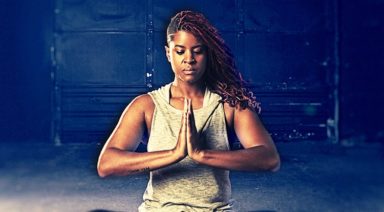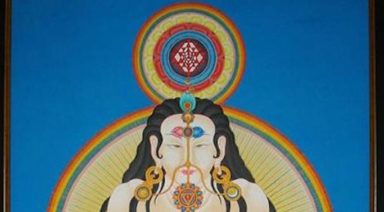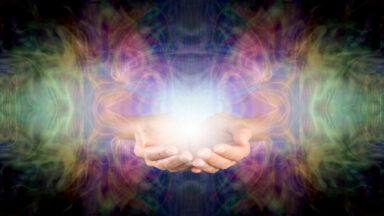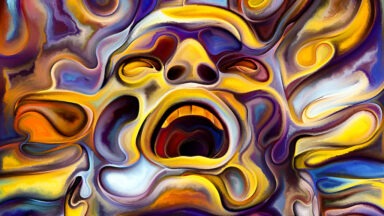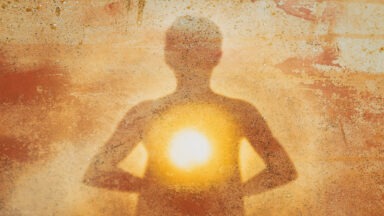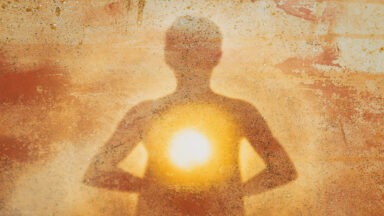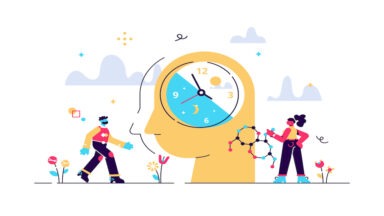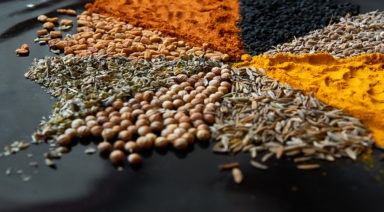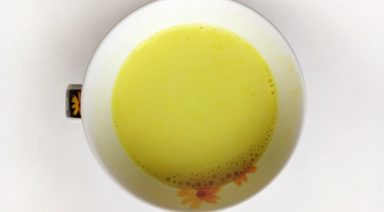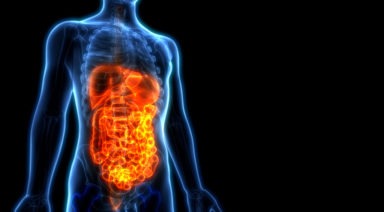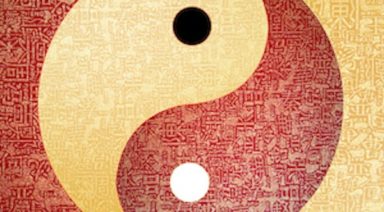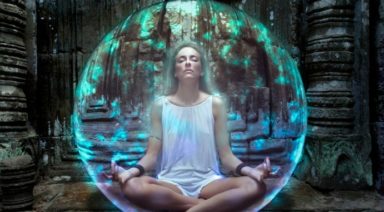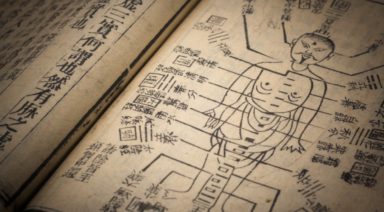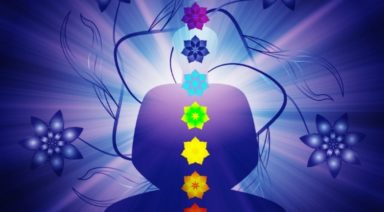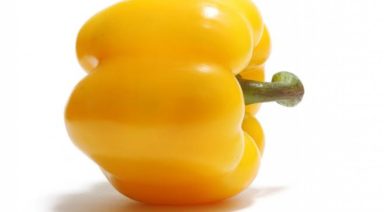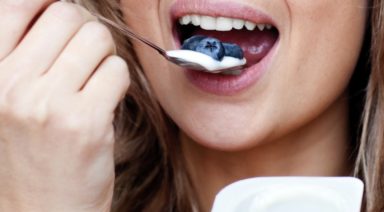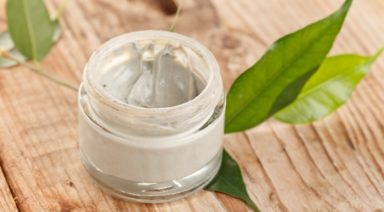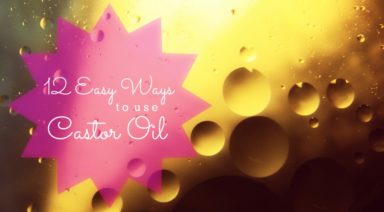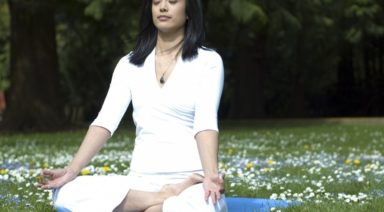Stem Cells From One’s Own Body Show Efficacy in Treating Pain
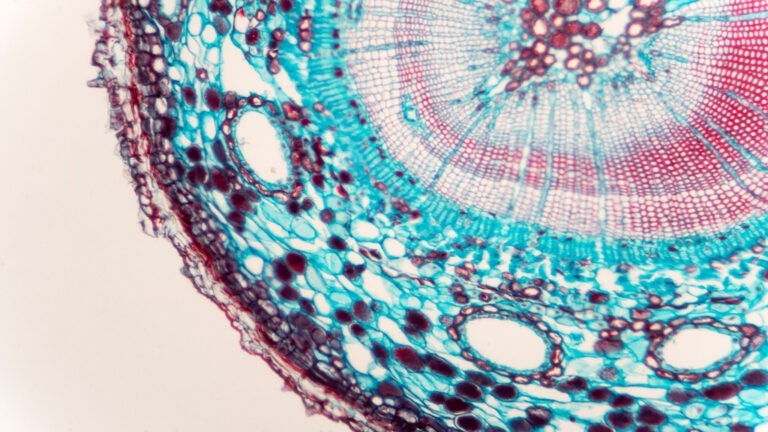
Stem cell therapy is still a relatively new concept that few understand, but it continues to garner a lot of support and promise — especially for medical problems that have traditionally been very difficult to treat. In his fascinating discussion with Open Minds host Regina Meredith, naturopathic doctor Harry Adelson N.D. reveals a new way to address pain by using stem cells as curative agents. This may come as a welcome idea for at least a fifth of the population, who suffer from chronic pain that affects quality of life, the ability to work, sleep patterns, and more.
According to the Mayo Clinic stem cells create other cells with specialized functions, and “[u]nder the right conditions in the body or a laboratory, stem cells divide to form more cells called daughter cells. These daughter cells either become new stem cells (self-renewal) or become specialized cells (differentiation) with a more specific function, such as blood cells, brain cells, heart muscle cells or bone cells. No other cell in the body has the natural ability to generate new cell types.”
Adelson, says treatment with stem cells can help treat musculoskeletal pain and increase energy using cells from one’s own bone marrow and fat to prompt regeneration. Citing his own use of stem cells on his road to recovery from injury and pain, Adelson says how regenerative therapy using biological tissues found in the human body can restore normalcy to someone living with pain and suffering.
One of the more exciting aspects of stem cell therapy is that each of us can create our own cells to heal ourselves. Emerging evidence suggests that adult stem cells can not only replicate, but also create various other types of cells. For example, bone marrow stem cells may be able to create bone or heart muscle cells.
Adelson is highly experienced when it comes to using stem cells for pain treatment, having performed numerous procedures using bone marrow combined with adipose (bodily fat) stem cells. He’s also injected more than a thousand intervertebral discs with stem cells.
Adelson’s excitement for stem cell therapy began with an accident as a young man, while rock climbing in the early 1990s. He was in naturopathic school at the time, when an injury to his shoulder set him off in a new direction, leading him to pursue an alternative to traditional surgery and injections for pain treatment. After receiving his naturopathic degree, Adelson discovered the potential of stem cell therapy.
Though he points out that early stem cell research involved embryonic cells, Adelson says his own stem cell practice uses a patient’s own cells (or those of a donor). These cells act to signal cells known as mesenchymal cells.
Stem cells either differentiate (turn into one of a number of specific cells) or self-replicate (create other cells that are the same as the stem cell). When mesenchymal cells come into contact with damaged cells, Adelson says they release growth factors that signal those cells to heal themselves, develop new blood vessels, fight infection, and lower inflammation. In simple terms, stem cells help other cells heal.
When we are injured, our stem cells are called into action to help with regrowth and repair, but often not in the quantity and concentration that is needed. With stem cell therapy, the body is given what it naturally needs to repair damaged tissue and alleviate pain.
If you’re among the millions who suffer from chronic pain, this interview may prove eye-opening, not only because it clarifies the power of stem cell therapy, but also because it offers an alternative to surgery and prescription medications. Adelson practices a leading-edge therapy that was only dreamt of a mere ten years ago, and his interview offers a new perspective into an often poorly understood medical approach.
380 Trillion Viruses Live In Us; How Do We Live Symbiotically With Them?
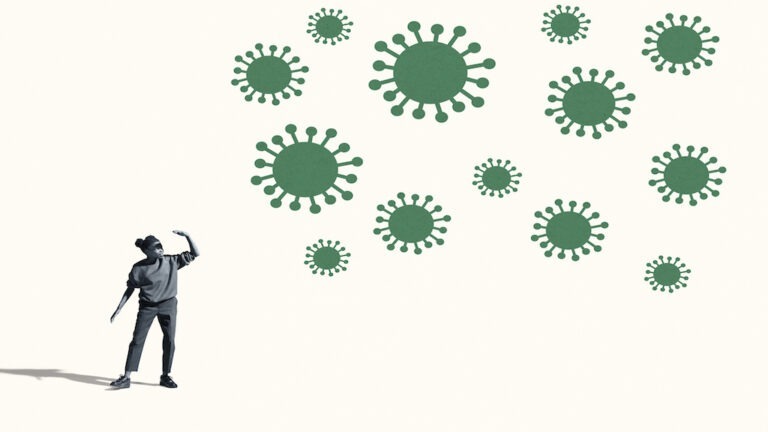
Interest in the microbiome has been steadily increasing over the past decade or so, and for good reason. The role of our internal ecosystem (gut flora) is one of the greatest scientific discoveries of our times, offering an insight into how we heal, fight off disease, and stay healthy — even in difficult times. In “Immunity and the Microbiome,” microbiologist Compton Rom presents a compelling argument for why we need to pay attention to the ecosystem of good bacteria in our digestive system.
Once we realize the great implications of how remarkable the microbiome within us can make or break our state of health, then we can boost our immunity over viruses, bacteria, and infections.
While the term “immune system” is relatively common in our daily vernacular, Rom does not limit it to the body alone. Rather, he has a holistic vision and ties the health of all life on this planet with the health of the Earth, including global warming, as well as the nature of disease-causing organisms. This holistic approach allows us to appreciate our unique role as conscious beings existing in various ecosystems that need to be recognized and respected.
Rom discusses historical evidence, showing that humans have evolved to live symbiotically with the life not just around us, but within us. This becomes particularly relevant when discussing the role of our virome, or the trillions of viruses and phages that live within our body and its cells. This he says is a major facet in maintaining proper health, by promoting symbiosis with viruses, so they don’t cause disease and illness.
We can optimize our virome and microbiome by introducing probiotic fermented and anti-inflammatory herbs, as well as a diverse diet of fruits and roots, to lower risks of infectious disease. In fact, the bacterial cells within our microbiome outnumber our human cells by tenfold.
Rom suggests our immunity from illness, as well as our relationship with the planet, begins at home. The best place to start our journey to optimum health and ideal immune function is by improving our diets, meditating, doing breathwork, exercising, and most importantly, proactively diversifying our gut microbiomes.
Compton’s philosophy is to take a non-chemical and non-pharmaceutical approach to healing, using natural herbs, and oils to eliminate pathogenic bacteria.
Our bodies, he notes, respond “best to natural compounds that have evolved alongside us for millennia. Synthetic compounds are singular in nature, while whole earth compounds carry numerous micronutrients and co-factors necessary for growth, many of which scientists have yet to discover.
This is why natural compounds are so much more effective. Modern medicine has yet to use them because they are impossible to patent; synthetics can be sold at a much higher profit than naturally derived and sustainably harvested herbs.”




